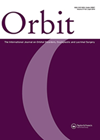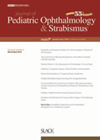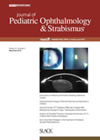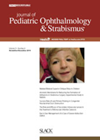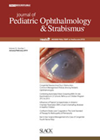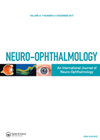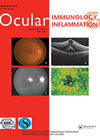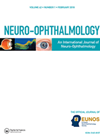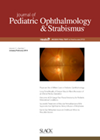You searched for "elective"
Hemianopia or visuospatial neglect: differences in information processing
1 April 2018
| Claire Howard
|
EYE - Neuro-ophthalmology
|
Eye movements, hemianopia, neglect, semantic priming
It is widely reported that visuospatial neglect and hemianopia may be superimposed, and disentangling the two conditions can be pose difficulties for clinicians. The authors of this paper explored the differences in implicit information processing which is effective in patients...
Managing orbital compartment syndrome
This experimental study using cadaveric models was done to evaluate the surgical technique effective in relieving orbital compartment syndrome. Twelve cadaveric orbits were injected with blood analogue stained with fluorescein. Pressure probes were inserted in superotemporal (advanced 40mm into orbit)...IOL cataract surgery in seven to 24 month olds
The purpose of this study was to present the long-term outcome of IOLs in paediatric patients who received cataract surgery aged seven to <24 months. This was retrospective study with minimum follow-up of 12 months for 27 patients (28 eyes)....MR- vs. LR+ for divergence insufficiency
A retrospective study was conducted to compare the efficacy of medial rectus recession and lateral rectus resection as surgical interventions for divergence insufficiency in 18 patients. These were cases of non-neurological cause. Two patients in each group required postoperative adjustment....Cyanoacrylate vs. fibrin glue
This study compared the safety and efficacy of fibrin and cyanoacrylate glue for refixating the recessed muscle to the sclera in patients undergoing strabismus surgery. The fibrin group (a) included 21 eyes of 15 patients; mean age of 11.6 ±7.49...Collamer lenses for accommodative ET
Posterior chamber phakic IOL implantation was used to treat patients with accommodative esotropia (ET) with the goal of eliminating hyperopia and producing orthophoria. Three patients (six eyes) aged 18-22 years had an average follow-up of 17 months ±6.24. The mean...Use of acetazolamide for symptoms of visual vertigo
Visual vertigo is a disorder characterised by symptoms of dizziness, vertigo, unsteadiness, disorientation and general discomfort induced by visual triggers. It is currently treated with vestibular rehabilitation therapy, with no effective pharmacotherapy options available for treatment resistant case. Oral acetazolamide...Uveitic glaucoma
1 June 2018
| Nikolaos D Georgakarakos
|
EYE - Glaucoma
The purpose of this retrospective study from two tertiary Institutions in Israel over a period of 13 years, is to present the long-term outcomes of uveitic glaucoma and to identify risk factors for progression. The study included 34 patients (53...
Two case reports of late onset adbucens nerve palsy following carotid-cavernous fistula treatment
1 December 2014
| Claire Howard
|
EYE - Neuro-ophthalmology
|
Abducens nerve palsy, carotid-cavernous fistula, transvenous embolisation
This report presents two cases of abducens palsy developing with late onset following endovascular treatment for carotid-cavernous fistula. Following this common and effective treatment for carotid-cavernous fistula, an immediate cranial nerve palsy is a common finding. It usually resolves spontaneously....
Ocular ischaemic syndrome in a rat model
1 December 2014
| Claire Howard
|
EYE - Neuro-ophthalmology
Ocular Ischaemic syndrome is a devastating eye disease caused by severe carotid stenosis. This study’s purpose was to develop a reliable rat model for this syndrome by subjecting rats to common carotid artery occlusion and sham surgery. Rats were assigned...


